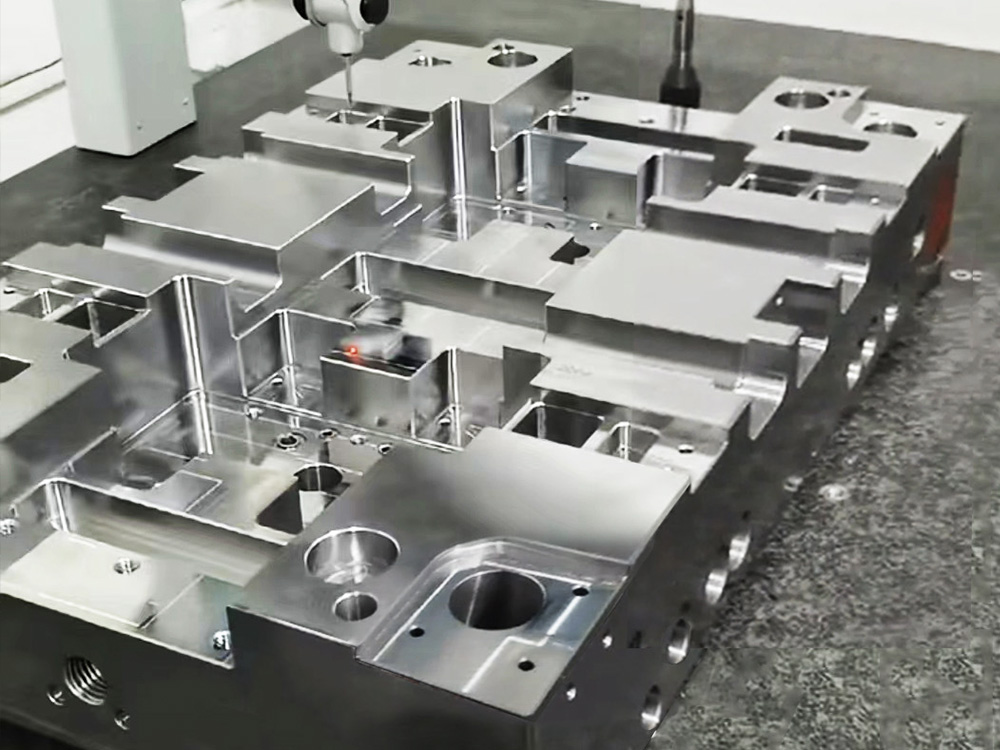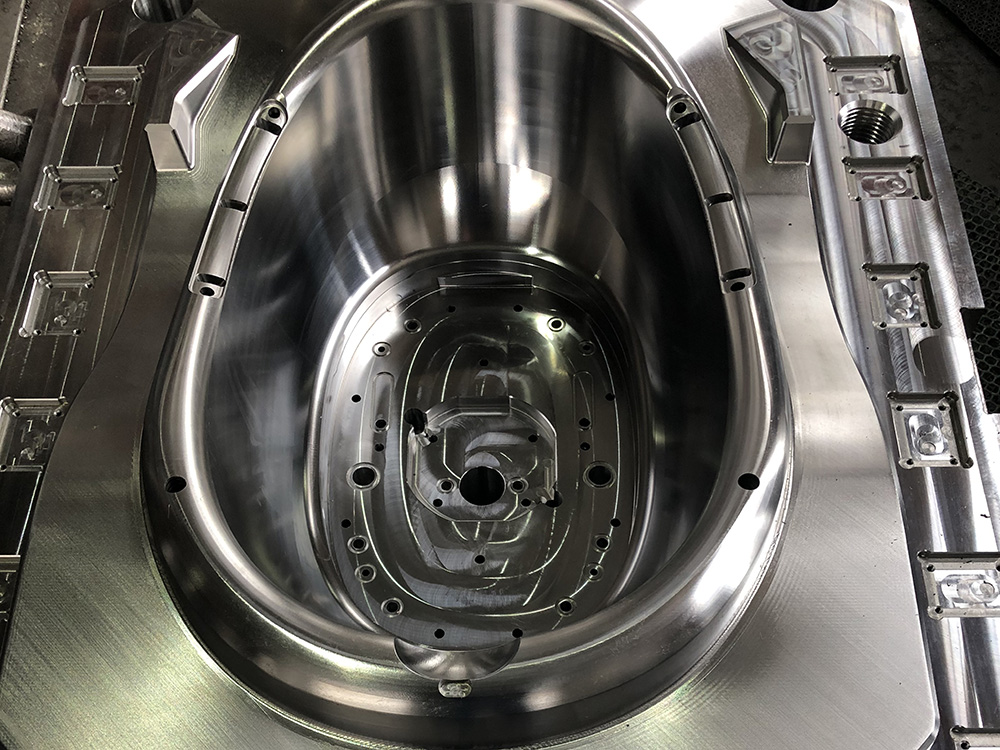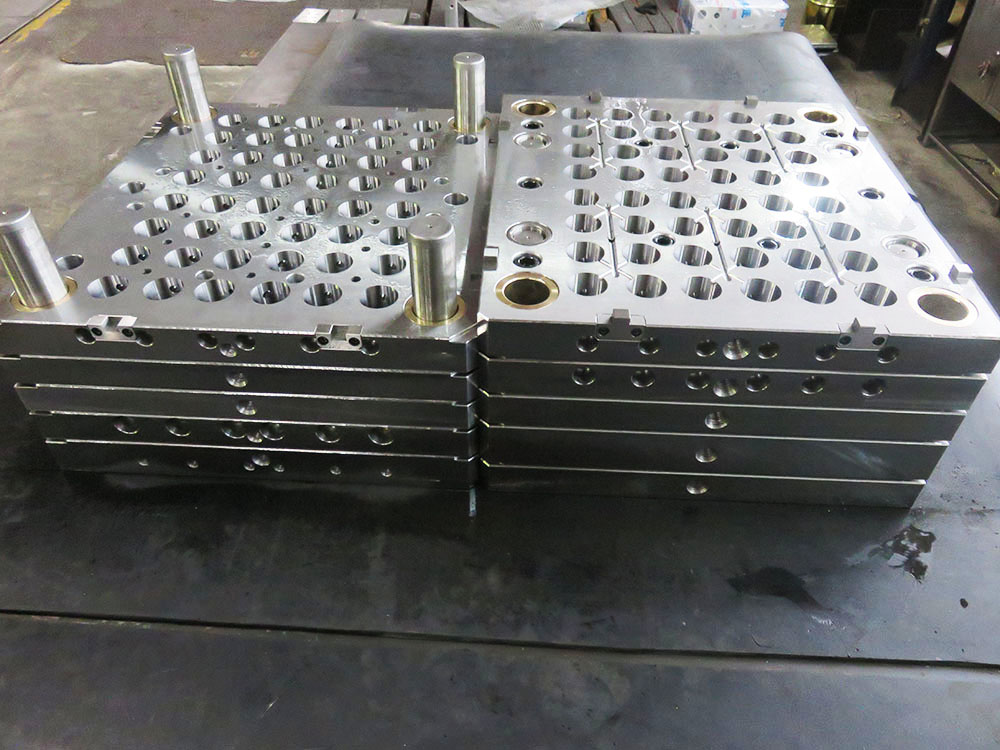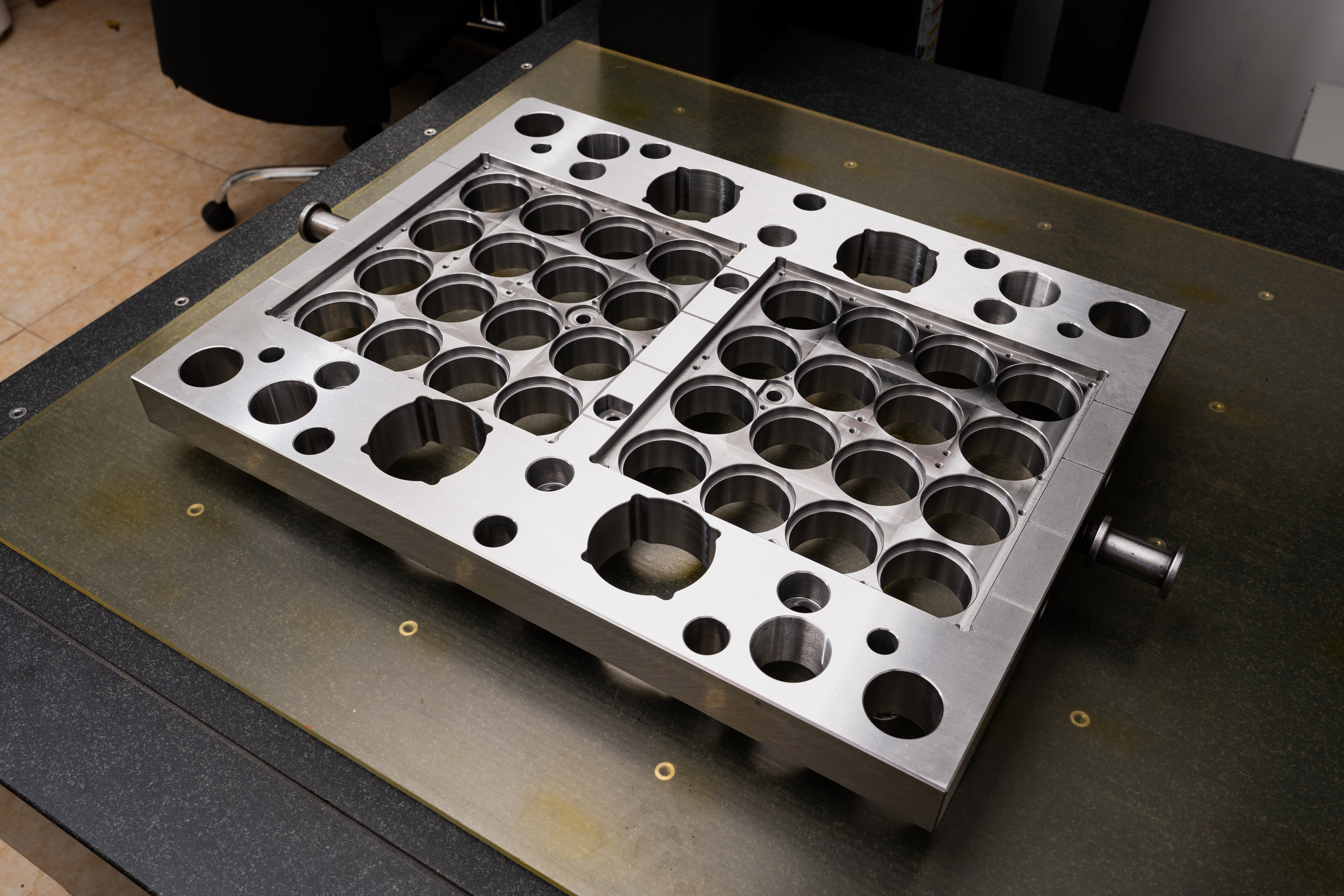Drawing Guidelines for Mold Frames: Step-by-Step Visual Guide
Introduction:
In the mold base industry, creating accurate and precise mold frames is crucial for the success of any injection molding process. Mold frames provide the foundation for molds, ensuring proper alignment and stability during production. This step-by-step visual guide aims to provide clear and professional drawing guidelines for mold frames, helping manufacturers achieve optimal results.
Step 1: Determine Mold Size and Requirements
Before starting the drawing process, it is essential to determine the mold size and specific requirements for the project. This includes the desired part dimensions, number of cavities, and any special features or inserts needed. These factors will influence subsequent design decisions.
Step 2: Select the Material for the Mold Base
Choosing the right material for the mold base is essential for durability and longevity. Common materials include steel alloys, such as P20 or H13, which provide high wear resistance and excellent dimensional stability. The selection of the material should be based on factors such as the expected number of molding cycles, operating conditions, and budget constraints.
Step 3: Create the Overall Mold Frame Layout
In this step, the overall layout of the mold frame is established. Start by drawing the outer dimensions of the mold base, considering factors like part size and material thickness. Pay attention to the parting line to ensure proper mold opening and closing. Design allowances should also be considered for machining operations and assembly requirements.
Step 4: Define Cavity and Core Inserts
Incorporate the mold cavity and core inserts into the mold frame design. These inserts form the shape and features of the final molded part. Ensure that the inserts are properly aligned and securely attached to the mold base, allowing for easy replacement or repair when necessary.
Step 5: Design Cooling Channels
Efficient cooling is crucial for optimizing cycle times and maintaining consistent part quality. Design cooling channels to remove heat from the mold, ensuring uniform and quick cooling. These channels should be strategically placed to reach every part of the mold and provide efficient heat dissipation. Incorporate provisions for water inlet and outlet connections in the mold frame design.
Step 6: Add Ejection System
Integrate an ejection system into the mold frame design to facilitate the removal of the molded parts. This system typically includes ejector pins or sleeves that push the parts out of the mold after the cooling phase. Ensure that the ejection system design aligns with the shape and geometry of the part to avoid any damage or distortion during ejection.
Step 7: Finalize the Mold Frame Design
Review the complete mold frame design, checking for any potential interferences, tolerances, or manufacturing constraints. Analyze the design for proper venting to allow trapped air or gases to escape during injection molding. Make any necessary adjustments to optimize the design for manufacturability and functionality.
Step 8: Generate Detailed Technical Drawings
Once the mold frame design is finalized, create detailed technical drawings that include all necessary information for manufacturing and quality control. Provide precise dimensions, tolerances, surface finishes, and material specifications. Include sectional views, assembly drawings, and all relevant annotations to ensure accurate reproduction of the mold frame.
Conclusion:
Designing mold frames requires meticulous attention to detail and adherence to professional drawing guidelines. This step-by-step visual guide has provided a structured approach to creating accurate and precise mold frames for the mold base industry. By following these guidelines, manufacturers can ensure the success of their injection molding processes, resulting in high-quality products and efficient production.




